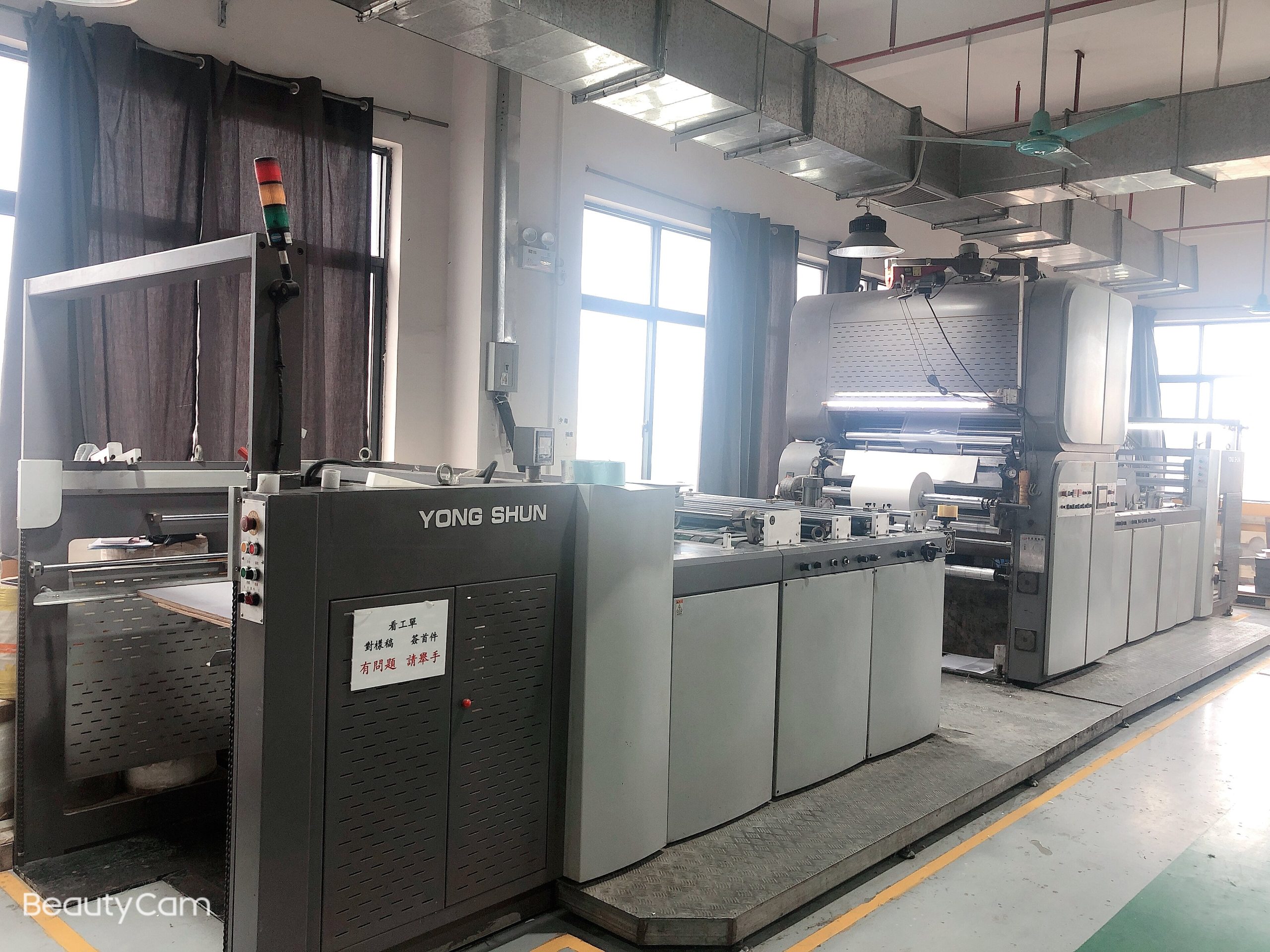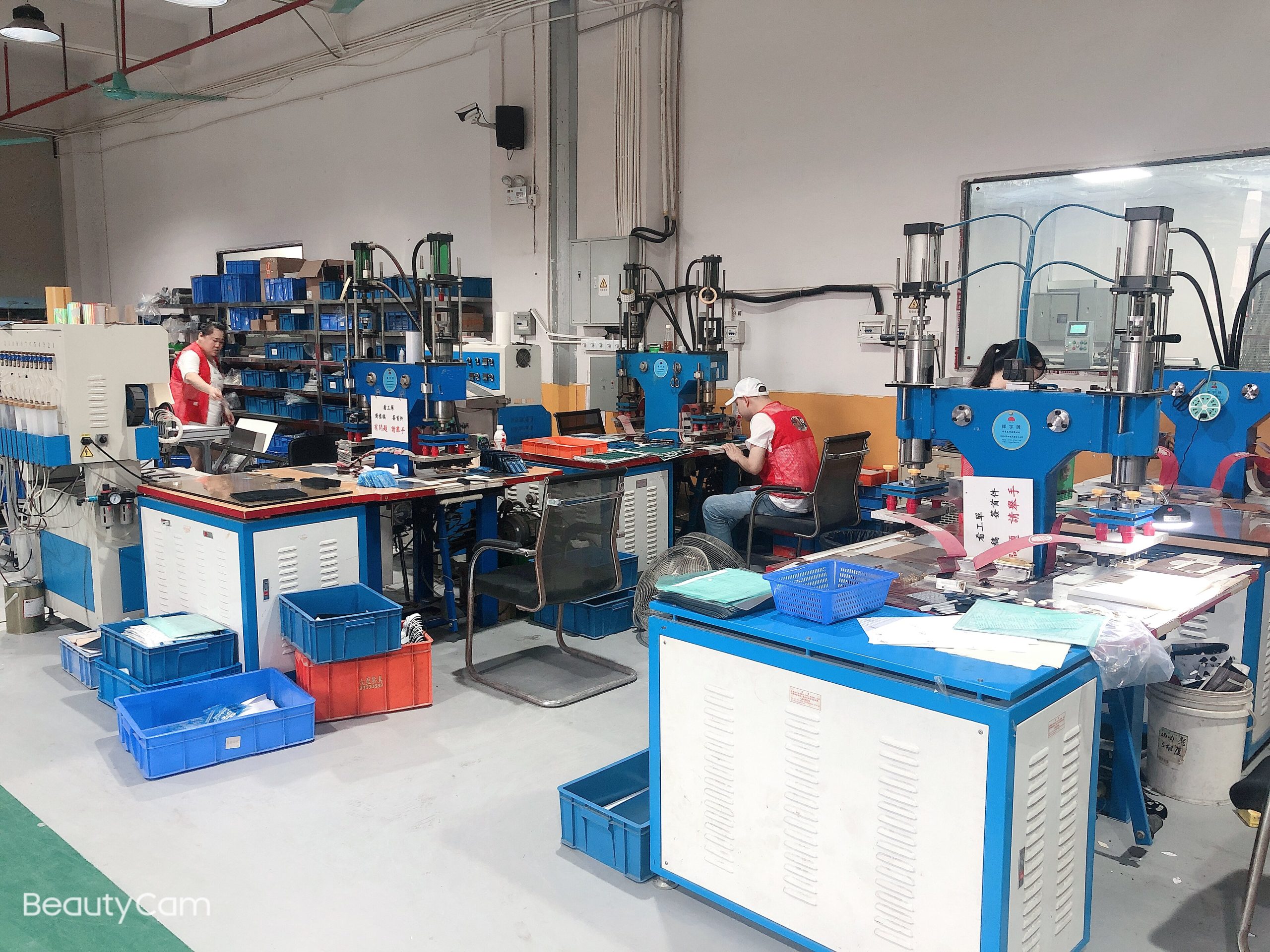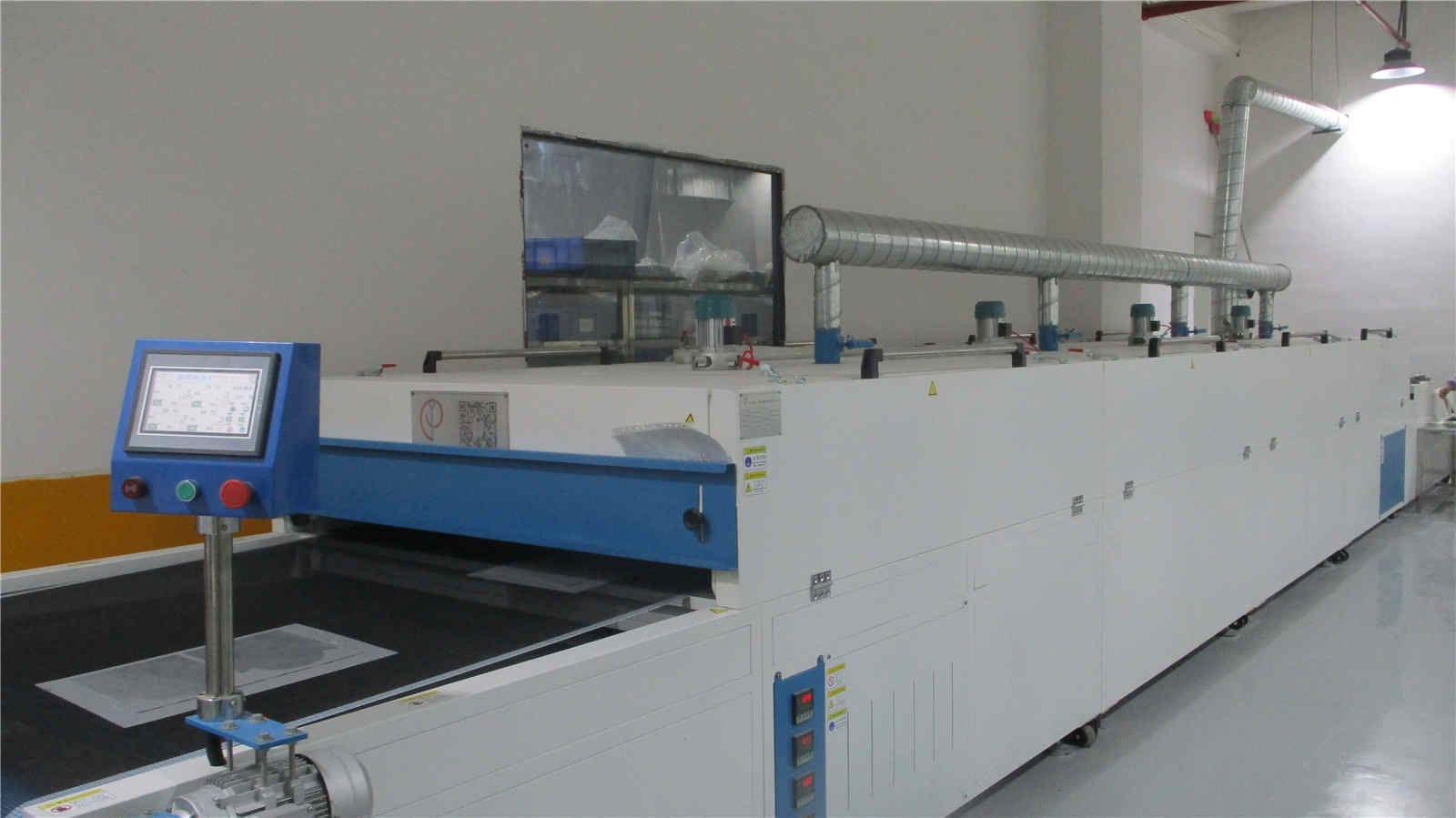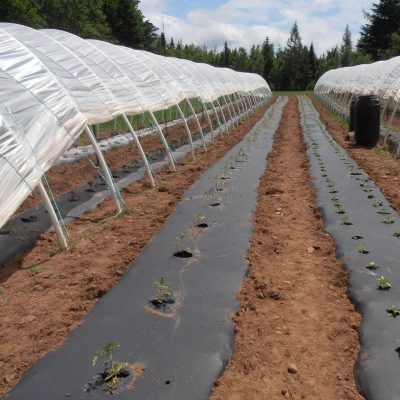
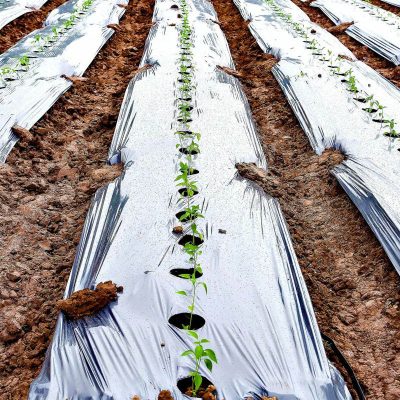
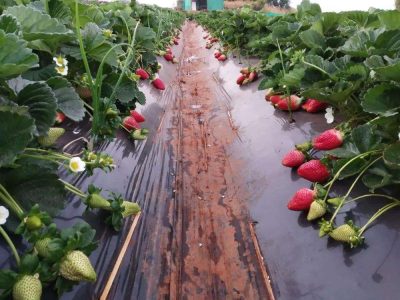
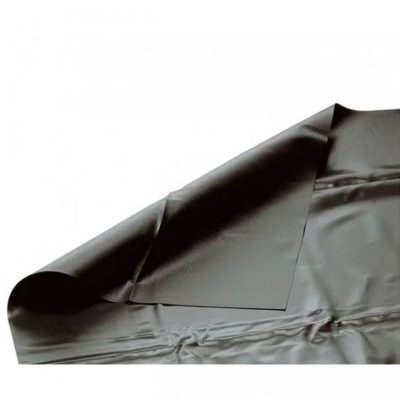
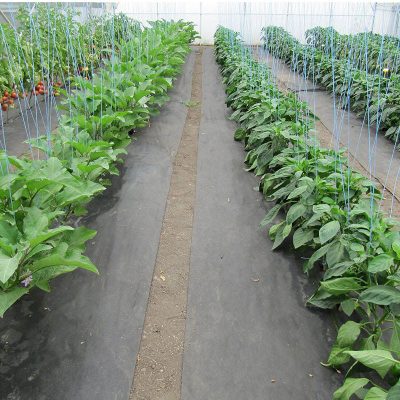

| Product: | Agriculture Film |
| Material: | 100% Virgin LDPE with UV protection |
| Color: | transparent/black/silver |
| Width: | 0.5m-5m |
| Thickness: | 10mic-60mic |
| Length: | 50m,100m,150m ,200m,300m,400m, 500m,1000m, 2000m, etc |
| Package: | Roll packing |
| MOQ: | 3 tons |
| Production capability: | 500 tons/month |
| Sample: | Can be provided without charge, freight to be collect |
| Characteristics: | Eco-friendly, recycleable, breathable, Good strength and Elongation UV stablized |
Agriculture film, also known as agricultural plastic film or agricultural mulch film, is a specialized plastic material used in various farming practices to enhance crop growth, increase yields, and improve overall agricultural productivity. It is commonly used in applications such as mulching, greenhouse covering, and crop protection.
Here are some key features and uses of agriculture film:
- Mulching: Agricultural plastic film is widely used for mulching purposes. Mulch films are laid over the soil surface around plants or across entire fields to create a protective barrier. They help retain soil moisture by reducing evaporation, preventing weed growth, and regulating soil temperature. Mulch films can be black, clear, or colored, with each type offering specific benefits depending on the crop and growing conditions.
- Weed Control: Agricultural plastic films effectively suppress weed growth by blocking sunlight from reaching the soil surface. This reduces competition for nutrients, water, and sunlight between weeds and crops. Weed control films are often black to provide maximum light exclusion and weed suppression, minimizing the need for herbicides and manual weeding.
- Soil Erosion Prevention: By covering the soil surface, agriculture film helps prevent soil erosion caused by wind and water. It acts as a protective layer, preventing soil particles from being carried away by wind or washed away by heavy rainfall. This is particularly important on sloped or vulnerable areas, promoting soil conservation and maintaining soil fertility.
- Greenhouse Covering: Agriculture film is commonly used as a covering material for greenhouses and high tunnels. It creates a controlled environment by trapping heat, maintaining stable temperatures, and protecting plants from adverse weather conditions. Greenhouse films are designed to allow sunlight penetration while providing insulation and UV protection.
- Pest and Disease Management: Specialized agriculture films are used for pest and disease management. These films incorporate insect-repellent or UV-reflective properties, preventing the entry of insects or minimizing the transmission of plant diseases. They act as a physical barrier, reducing the reliance on chemical pesticides and promoting environmentally friendly pest control.
- Crop-specific Films: Agriculture films are available in various formulations tailored to specific crops and growing conditions. For instance, films with high light transmittance are used for light-demanding crops, while films with light-diffusing properties provide more uniform light distribution. Films with infrared (IR) properties can help regulate temperatures and optimize growth for specific crops.
- Durability and Longevity: Agricultural plastic films are designed to withstand outdoor conditions and have a relatively long lifespan. They are made from durable polyethylene or polypropylene materials that can endure exposure to sunlight, temperature fluctuations, and mechanical stresses associated with farming operations. This ensures that the films maintain their functionality and effectiveness throughout the growing season.
It’s important to note that proper disposal and recycling of agriculture film are crucial to minimize environmental impacts. Recycling programs or responsible disposal methods should be followed to reduce plastic waste in agricultural practices.
In summary, agriculture film is a versatile tool that contributes to improved crop growth, weed control, soil conservation, and pest management in farming. Its applications in mulching, greenhouse covering, and crop protection make it an essential component in modern agricultural practices, promoting efficiency, sustainability, and increased crop yields.
